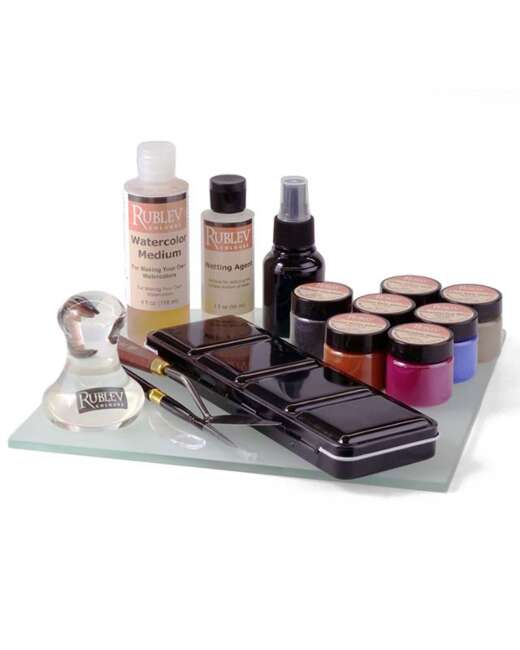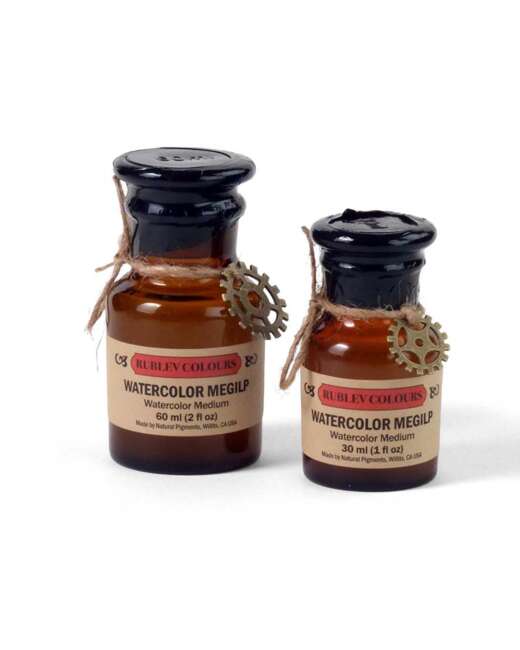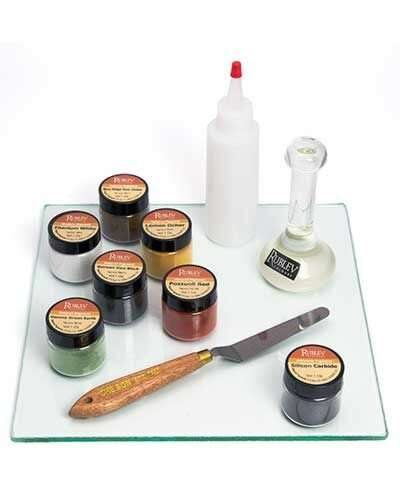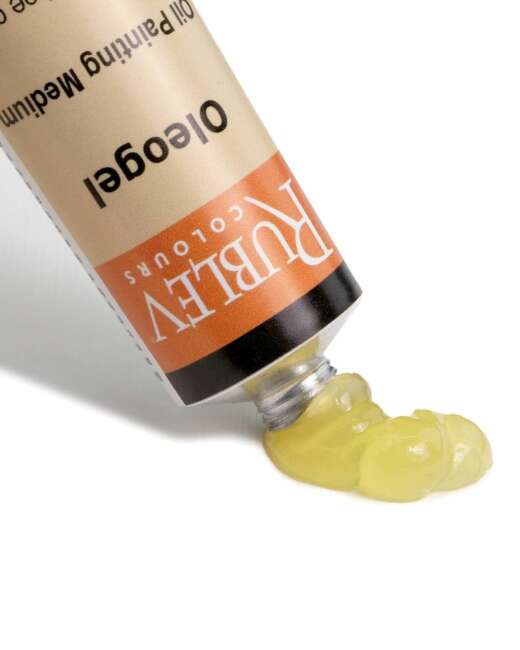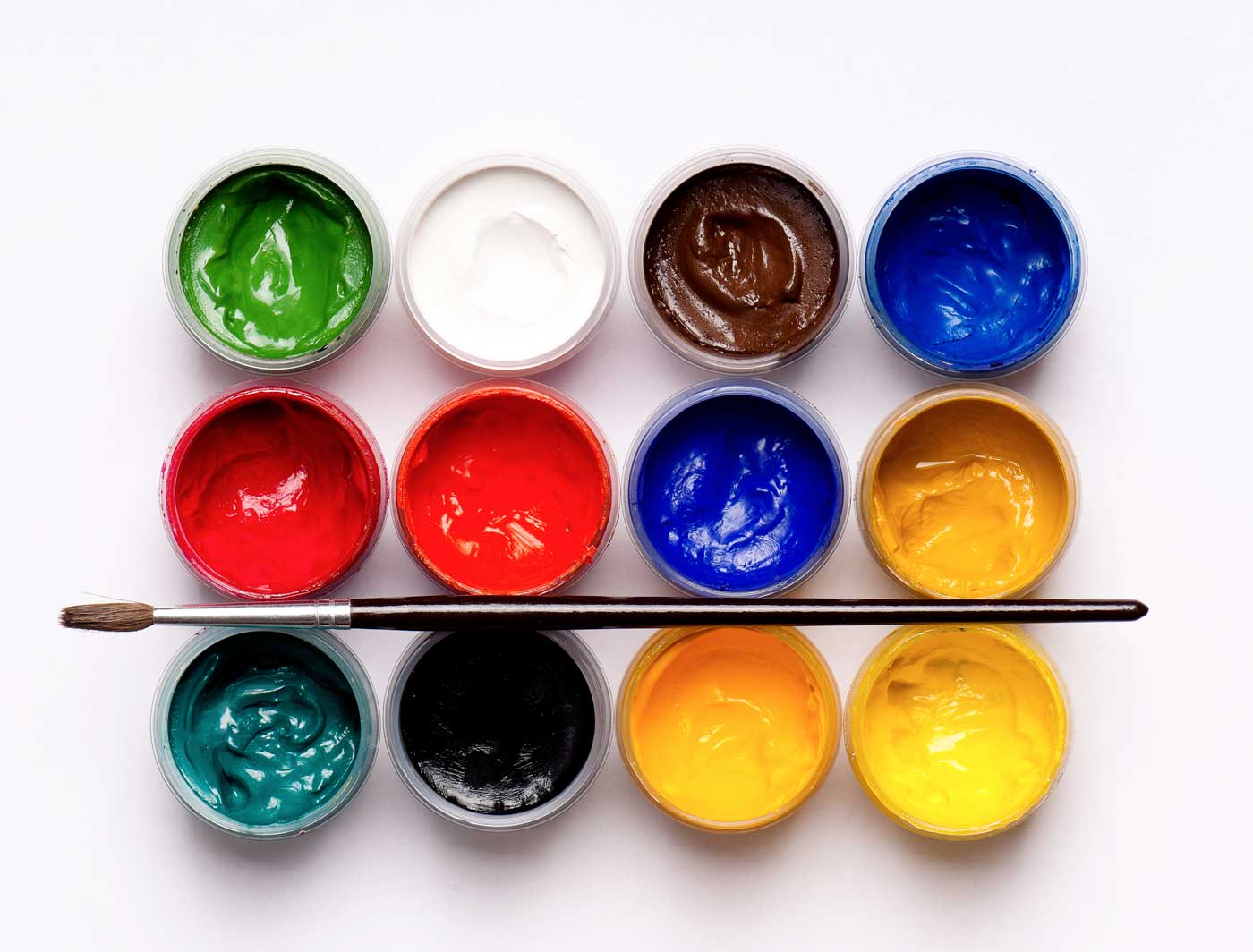
Gouache paint is an opaque watercolor paint made by mixing pigments with a binding agent, typically gum arabic. The resulting paint is thicker and more opaque than traditional watercolors and is often used for illustrations and other forms of commercial art. Gouache can be made at home by mixing pigments with gum arabic and water, and it is a relatively simple process that an artist can perform with a moderate amount of knowledge.
What makes gouache different from watercolor paint since both have gum arabic as the binding agent? It is the opacity of gouache and how it is handled that makes it different. Extender pigments such as barite (baryte, British spelling, or the synthetic mineral, blanc fixe) are added to most pigments to increase the opacity of the paint. Some pigments, such as most earth pigments, do not require extender pigments since they naturally contain extenders, such as chalk or quartz.
Materials Needed
To make gouache paint, you will need the following materials:
-
Pigments: You can use any pigments suitable for watercolors, such as natural pigments like yellow ocher and burnt sienna or synthetic pigments like phthalo blue and quinacridone violet.
-
Extender Pigments: Barite (baryte) or chalk is used to add opacity and extend the pigments.
-
Gum arabic: This is a natural binder that is derived from the sap of the acacia tree.
-
Glycerin (preferably from a vegetable source)
-
Water (preferably distilled water)
-
Borax
-
Grinding plate (smooth, flat glass or stone plate)
-
Muller (glass or stone muller to grind the paste)
-
A palette knife or spatula for mixing the paint
-
Mortar and pestle (for grinding pigments if necessary)
-
Scale or measuring spoon (for measuring the pigments, gum arabic, and other ingredients)
-
Glass or plastic dropper (for adding water to the paint)
-
Glass or plastic containers with lids for storing paint.
All of the materials above that you will need are available from Natural Pigments.
Preparing the Gouache Binding Agent
Prepare the binder for gouache paint. Borax is a preservative that prevents the solution from spoiling. It isn't necessary to store the solution in the refrigerator.
| Ingredients | Parts by Weight |
|
| Part A | ||
| Gum arabic | 4 oz | 100 grams |
| Water, distilled | 8 fl oz | 200 ml |
| Part B | ||
| Borax | 1 oz | 25 grams |
| Water, distilled | 2 fl oz | 60 ml |
| Glycerin | 2 fl oz | 60 ml |
-
Add gum arabic powder to water.
-
While stirring, gently warm the solution not exceeding 140° F (60° C) until all the gum dissolves.
-
Prepare the second solution by adding borax to water.
-
While stirring, gently warm the solution not exceeding 140° F (60° C) until the borax dissolves.
-
Add glycerin to the solution.
-
Mix the two solutions together and store it in a sealed container.
Of course, you can skip this step entirely by purchasing from Natural Pigments.
Making Gouache Paint
-
Start by measuring out a pigment and one of the extender pigments, such as barite or chalk, using a scale or measuring spoon. The ratio of pigment to extender pigment will vary depending on the desired opacity of the paint, but a good starting point is 1 part pigment to 2 parts of extender pigment.
-
If the pigments are not already finely ground, use a mortar and pestle to grind them to a fine powder.
-
Mix the pigment and extender pigment together in a bowl using a palette knife or spatula. Mix until the two powders are blended.
-
Place the pigment mixture on the grinding plate in a pile. Slowly add the gouache binding agent to the pile, a few drops at a time, and mix with the palette knife or spatula until the desired consistency is achieved. Gouache paint should be thicker than traditional watercolor paint but still pourable.
-
Gather the paste into a pile and place the muller on the pile and begin grinding with back and forth or circular motions. It is not necessary to apply lots of pressure on the muller because the grinding is accomplished by rubbing the paste with the horizontal movement of the muller.
-
Once the paint is ground to smoothness, transfer it to an airtight container such as a glass or plastic jar. Label the container with the color name and date.
-
Allow the paint to sit overnight to wet the pigments with the binding agent thoroughly.
-
After the paint has rested, it is ready to use.
The amount of gouache binding agent depends on the pigments and the viscosity of the color you want.
It is important to note that some pigments, such as organic pigments, may require additional steps, such as adding a wetting agent, to aid in wetting the pigment with the paint solution. Also, when you make your own gouache paint, you will have more control over the colors and the consistency of the paint, but it's important to keep in mind that the paint may not have the same lightfastness properties as commercial gouache paints, which are often formulated to be more lightfast and stable.
When using homemade gouache paint, it's also important to be mindful of the paint's shelf life and to use it up within a reasonable amount of time. Once opened, it's best to use it within 6–12 months to ensure that the paint remains fresh and the colors remain true.
Making gouache paint at home is a relatively simple process that an artist can perform with moderate knowledge. By mixing pigments with gum arabic and water, an artist can create a thicker and more opaque paint than traditional watercolors.
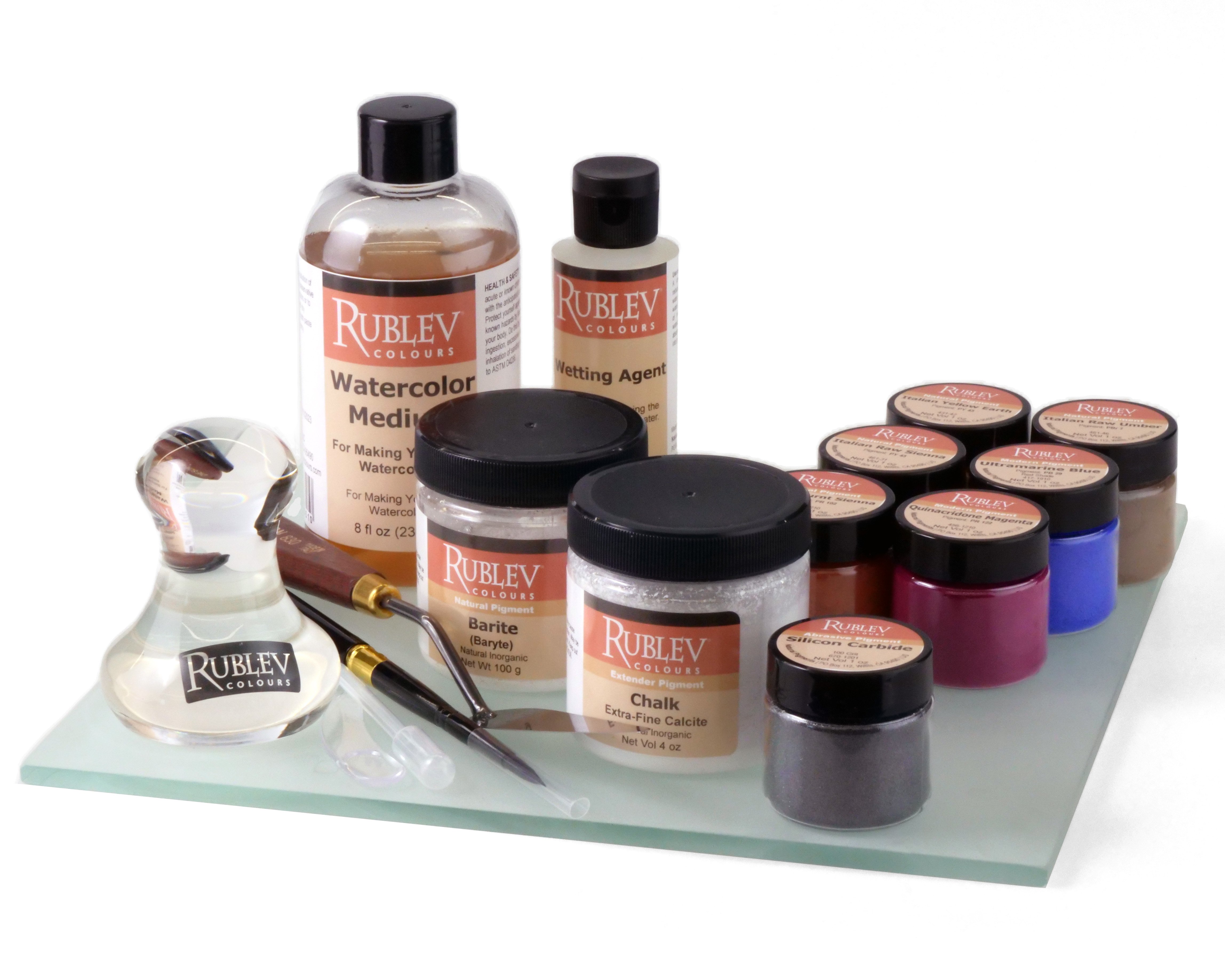

Gouache Paint Making Kit
Rublev Colours Gouache Paint Making Kit is intended for artists who want to expand their painting horizons but have little or no experience making their own paints. The kit contains all the materials you need to start, including instructions, watercolor medium, glass muller, grinding surface, and six pigments in dry powder form to start making your own gouache colors.
Regular Price $208.30
$173.30
References
“Gouache.” Merriam-Webster, Merriam-Webster, n.d.
“Gouache.” Encyclopædia Britannica, Encyclopædia Britannica, Inc., n.d.
“Making Gouache Paint.” Blick Art Materials, n.d.
“Gum Arabic.” The Metropolitan Museum of Art, n.d.
“Gouache Painting Techniques.” Artists Network, n.d.





